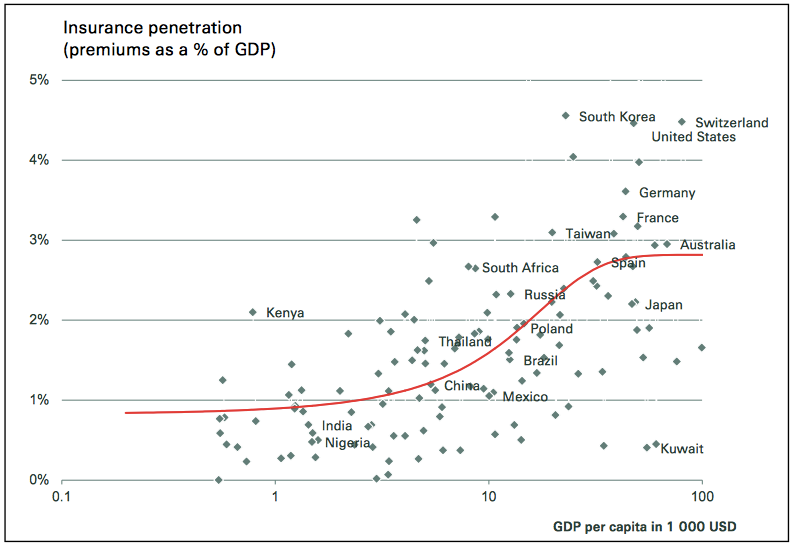Russian President Vladimir Putin will face growing challenges from political elites, regional leaders and the general population.
Though Putin will capitulate to many Kremlin elites, he will also keep purging political opponents as necessary.
The new Duma leader, Vyacheslav Volodin, may use his increasing power to become yet another political figure defying Putin's authority.
Analysis
Russia's legislature may be the next theater of the power struggle that has rocked the Kremlin over the past three years. The Duma has been all but inconsequential during the 17 years that Russian President Vladimir Putin has been in power, serving mostly as a means to boost the leader's legitimacy and as a scapegoat for enacting tough reforms. Facing growing challenges from the Kremlin's political elite, Russia's regional leaders and the public at large, however, Putin has bestowed increasing authority on the legislature to push through the measures he needs to secure his rule. And a recent report from the Carnegie Moscow Center suggests that this power may have gone to the newly appointed parliamentary speaker's head.
Putin's Yes Men
Just after Putin took office as prime minister in 1999, his Unity Party came in second place to the Communist Party in parliamentary elections. The race was tight, and the Unity Party's strong performance helped catapult Putin to the presidency less than two weeks later. In 2004 during the next elections, the party — known by then as United Russia — secured control of the legislature. The victory gave Putin the mandate he needed to consolidate the country politically, economically, socially and across the security services. Ahead of the next elections in 2007, the Kremlin made sure that the vote would yield United Russia's strongest showing yet to legitimize Putin's choice to trade offices with Prime Minister Dmitri Medvedev the following year. But the Kremlin's next attempt to manipulate elections in 2011-12, combined with Putin's decision to return to the presidency, met with backlash from the Russian people. Citizens took to the streets in the largest protests in Russia's post-Soviet history and eventually forced the Kremlin to cede to public dissent for the first time in Putin's tenure.







 Non-life insurance penetration (premiums as share of GDP) vs GDP per capita (2013) — Source: Swiss Re
Non-life insurance penetration (premiums as share of GDP) vs GDP per capita (2013) — Source: Swiss Re







